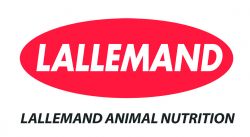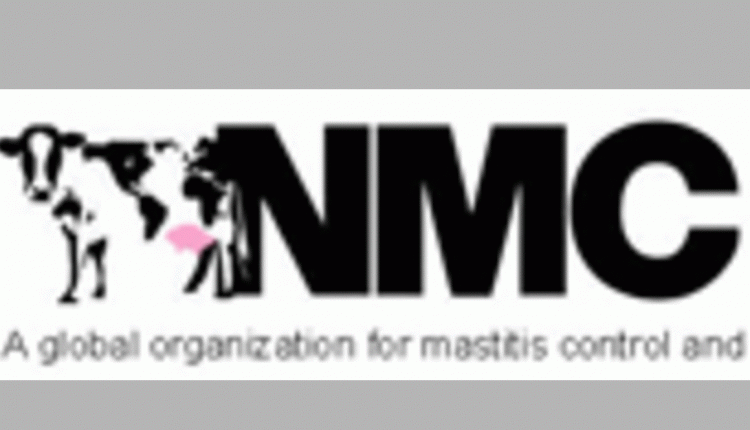The information below has been supplied by dairy marketers and other industry organizations. It has not been edited, verified or endorsed by Hoard’s Dairyman. 

When the temperature rises, dairy producers often see cow’s dry matter intake decline. This can be related to Sub Acute Ruminal Acidosis (SARA),1 which can lead to reduced milk production.
“In particular, producers should closely look at early lactation cows once it starts getting hot,” says Anthony Hall, MSc MSB, PAS, Technical Services – Ruminant, with Lallemand Animal Nutrition. “This group is affected by heat first, but the stress can take a toll on the whole herd, including dry and transition cows.”
Dairy cows under heat stress will sort against the forage in the total mixed ration (TMR). This behavior risks altering the composition of the rumen mat and exposes the cows to SARA.
Together, producers and nutritionists can adjust the ration during the summer to help compensate for the negative effect of heat stress. Typical adjustments include aiming for 18 to 19 percent acid detergent fiber (ADF) and 25 to 28 percent neutral detergent fiber (NDF). In addition, the diet should pack more energy to compensate for declines in intake,1 Hall recommends.
“A balanced ration can help limit the negative effects of heat stress on milk production,” Hall says. “Also transitioning the feeding schedule from once daily to twice daily can help maximize intakes. Ideally more of the TMR allocation offered at the coolest part of the day, for example 8 p.m. to 8 a.m. It’s imperative the forage component cannot be sorted out and regular TMR push-ups to encourage TMR access and intakes are a must.”1
In addition, increasing the availability of water, shade, air flow and misters can help reduce the effect of heat on cattle. Yet, even with these changes, heat stress can still impair rumen function.
SARA is a common result of this impaired rumen function. The condition occurs when the rumen environment spends three hours or more below a pH of 5.8 during a 24-hour period.2 Adding an active dry yeast (ADY) probiotic — like Saccharomyces cerevisiae CNCM I-1077 — can improve rumen function and increase fiber digestion in lactating dairy cows, Hall notes.
Research conducted at the University of Florida on lactating dairy cows has shown S. cerevisiae CNCM I-1077 improved rumen pH compared to control cows during heat stress conditions. In addition, S. cerevisiae CNCM I-1077 supplemented cows had higher milk protein yield and 7.2 percent improved feed efficiency compared to cows that were not supplemented.3
“When heat stress occurs, normal rumen function is disrupted. This worsens the already significant effects of heat stress in dairy cattle,” Hall says. “Maintaining peak rumen function can help cattle continue performing well even under heat stress conditions where feed intake is decreased.”
Lallemand Animal Nutrition is committed to optimizing animal performance and well-being with specific natural microbial product and service solutions. Using sound science, proven results and knowledge, Lallemand Animal Nutrition develops, produces and markets high value yeast and bacteria products ─ including probiotics, silage inoculants and yeast derivatives. Lallemand offers a higher level of expertise, leadership and industry commitment with long-term and profitable solutions to move our partners Forward. Lallemand Animal Nutrition is Specific for your success. For more information, please visit www.lallemandanimalnutrition.com.
1 Keown JF and Grant RJ. How to Reduce Heat Stress in Dairy Cattle. University of Nebraska-Lincoln. October 1993. Accessed Feb. 25, 2017. Available at: http://extension.missouri.edu/p/G3620
2 Dohme F, De Vries TJ and Beauchemin KA. Repeated ruminal acidosis challenges in lactating cows at high and low risk for developing acidosis: Ruminal pH. Journal of Dairy Science. 2008;(91)9:3554-3567.
3 Marsola RS, et. al., Effect of feeding live yeast on performance of Holstein dairy cows during summer. J. Dairy Sci. 2010; (88)E-Suppl.2:432.



